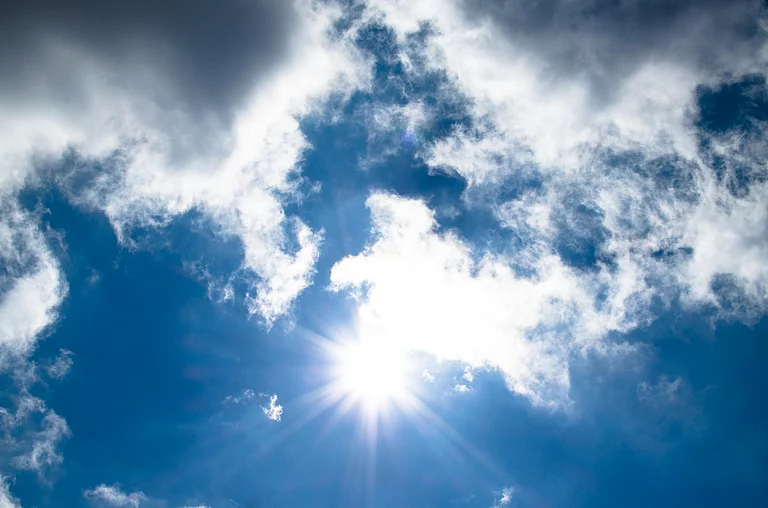As hurricane season kicks off, emergency management officials are urging residents in coastal areas of the US, the Caribbean, and Central America to stay prepared. This season is expected to be particularly challenging due to record hot temperatures and an early onset of storms.
Hurricane Season Is Here And Beryl Is Approaching The US. Here’s How To Prepare For It
Hurricane season has already started with hurricane Beryl advancing. Emergency officials are urging people to prepare for the same and ensure their safety.
Jaime Hernandez, the emergency management director for Hollywood on Florida’s Atlantic Coast, highlighted the unusual conditions this year. "That’s a little bit different this year because of the reality we’re dealing with global warming, warmer sea surface temperatures, and atmospheric conditions that are more favorable to tropical cyclone development,” he said. “It could develop at any time.”
Hurricane season, which runs from June 1 to November 30, typically sees the most activity in September and October. However, this year has already seen an early start with Hurricane Beryl breaking records as the first Category 4 storm to form in the Atlantic Ocean in June.
Here are some tips to ensure safety and preparedness during this hurricane season:
How to prepare for Hurricane Beryl?
Hernandez advises residents to focus on three key preparedness steps: make a plan, have an emergency kit, and stay informed.
“We trust the people, particularly those who live in an evacuation zone, that they need to have a plan because if an evacuation order is issued ahead of the hurricane, you don’t know what the impacts are going to be,” Hernandez said. “You don’t know what the infrastructure disruptions are going to look like.”
Preparation includes stocking up on supplies like nonperishable foods and water, ensuring all medical items and medications are ready, and consulting a doctor about any specific medical needs. Hernandez also recommends checking the lists provided by local or state emergency management departments to ensure full preparedness.
What are essential things for emergency kit?
Hernandez recommends having at least 1 gallon of water per person per day for about seven days. Other essentials include nonperishable foods, flashlights, batteries, medications, medical items, sunscreen, mosquito repellent, and portable power banks. Keeping cash on hand is also advisable since ATMs may not be operational.
Important documents such as birth certificates, Social Security cards, and other papers should be kept in a go-bag for quick evacuation.
How to ensure vehicle preparedness?
Filling up all vehicles with fuel ahead of potential evacuations is wise. For electric vehicle owners, Hernandez suggests parking in an elevated location or away from the storm area due to potential flooding and storm surges. Following Hurricane Ian, about 20 electric vehicles caught fire after exposure to saltwater. Florida’s Hillsborough County provides guidance for electric vehicle owners, including parking vehicles about 50 feet away from any structure or other vehicles due to fire risk.
Evacuation guidelines
Residents in low-lying or flood-prone areas should plan to evacuate before a storm's arrival. Officials may advise moving just a few miles inland to stay with friends, family, or in a hotel or shelter. Residents should listen to their local emergency management officials for the most updated information on evacuation zones. Evacuation orders can come days or hours before a storm.
Where to find preparation guides?
Residents can visit their local or state emergency management office’s website for disaster planning guides. Florida residents can find this information on the state’s Division of Emergency Management website.
With the increasing frequency and intensity of storms, staying prepared and informed is more crucial than ever.


